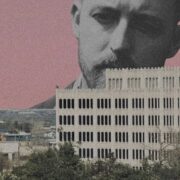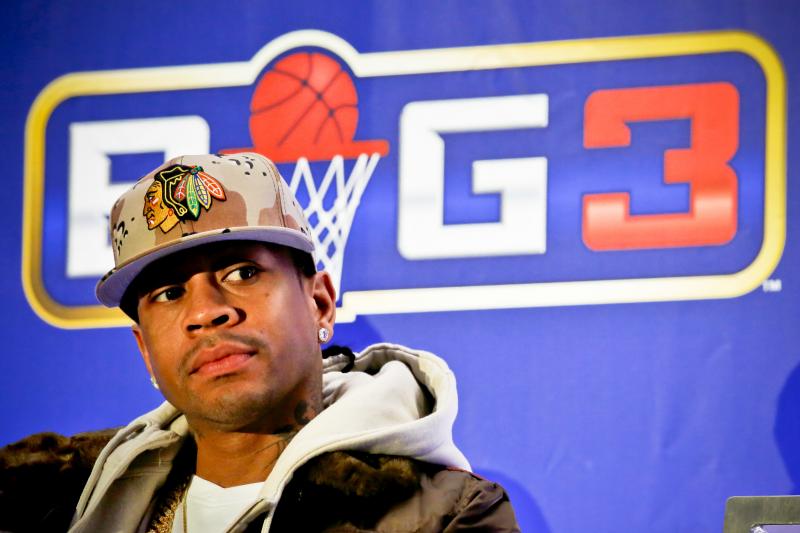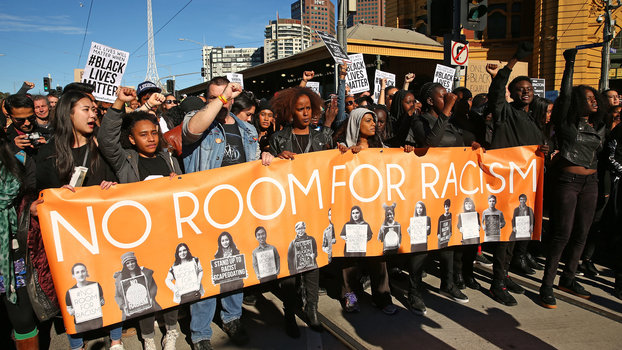
By: Lilly Workneh Black Voices Senior Editor, The Huffington Post
Alicia Garza was just 11 years old when riots erupted in the streets of Los Angeles 25 years ago ― but her memories of the events that unfolded are vivid.
Garza, who is one of the co-founders of Black Lives Matter, was born and raised in the Bay Area and currently lives in Oakland, California. She credits the rebellion as one of the reasons why she has since committed her life’s work to the fight for justice for black Americans.
She remembers the video that captured four police officers violently beating Rodney King, a black man who was pulled over after a high-speed chase; the trial and the ultimate acquittal of all officers involved that prompted immediate outrage; the videos that showed L.A. in flames, stores set on fire and “shit hitting the fan”; the tensions between the city’s communities of color following the killing of Latasha Harlins, a black teen who was fatally shot by a Korean store owner just months before the riot; the images both of people helping each other and pushing back against the police; and, most distinctly, she remembers how black protesters were demonized for the anger they expressed in the aftermath of such a gross act of racial injustice.
“I remember all of the stories,” she told HuffPost in an interview this week. “I remember this went on for days; it changed the course of history.”
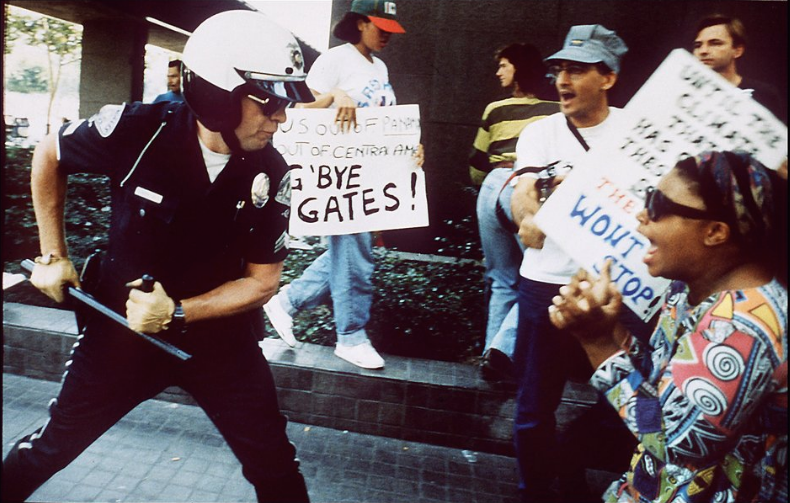
Saturday marks 25 years since one of the most profound and violent acts of protest in modern American history, which involved days of rebellion largely led by L.A.’s black residents. Fights broke out, buildings were burned, more than 50 people were killed, over 2,000 were injured and the city suffered $1 billion in property damages. The overarching narrative of the unrest is complex, with some people who say it was useless and destructive, while others believe the demonstration was to be expected considering the oppressive conditions black people lived under.
Decades later, the conditions have not changed much: Police brutality against black Americans is rampant, and the relationship between cops and communities of color requires much more work. Cameras and social media have helped to rapidly amplify news of the police killings of black men and women and revolutionize the ways in which residents respond ― much of which is a result of efforts by Garza, along with Patrisse Cullors and Opal Tometi, who collectively birthed the Black Lives Matter movement.
“[Let’s] figure out together how to … build a strategy that helps us get us from where we are to where we deserve to be.” Alicia Garza
As someone who has stood on the front lines of countless black-led protests, Garza understands the significance of the L.A. riot. But she also strongly believes that in order to understand the anger and rage that was displayed at the time, it is important that we unpack the circumstances that led to such levels of outrage ― as seen in L.A. and cases around the country ― and continue to identify ways to channel that outrage into more impactful and productive outcomes.
“We should be pissed off about people getting shot down in the street, we should be pissed off that police officers are abusing their power and raping poor black women, we should be pissed off that the murders of black trans women go completely unnoticed, unrecognized and uncared for ― and if we’re not pissed about that then we’re not human,” she said. “And at the same time, rage and anger is not sustainable, it is not a sustainable way to fuel a movement. Rage and anger can actually just burn you out and make you not able to keep fighting and that’s a larger consequence for our movement.”
“What’s important is that we are able to figure out how to channel the rage and anger ― not to get rid of it, but instead how to channel it into sustained resistance and really clear and sharp strategies that allow us to actually change our conditions,” Garza added. “I’m really an advocate of letting that anger and that rage fuel you into action and we then figure out together how to transform that into a vision for the world that we actually wanna live in and build a strategy that helps us get us from where we are to where we deserve to be.”
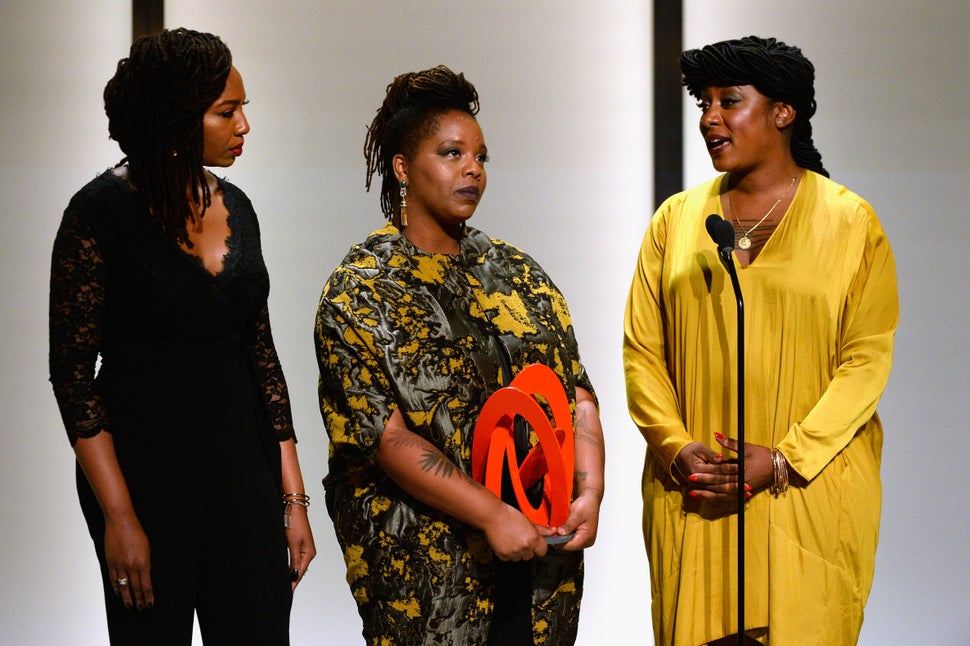
Stay plugged in with the stories on black life and culture that matter. Learn more
BLM has made promoting peace a central part of its mission while still acknowledging the pain, anger and frustration that comes with being black in America. The organization was founded in 2012 following the fatal shooting of Trayvon Martin by neighborhood watch volunteer George Zimmerman. Since then, countless black men and women have died at the hands of police, and BLM has grown in prominence and expanded its efforts to dismantle systemic racism.
King’s beating was unprecedented at the time in that it was one of the first instances where police brutality was captured on camera and shared publicly. Now, people anywhere can instantly access video footage of the police killings of black Americans like Eric Garner, Walter Scott, Alton Sterling and Philando Castile.
But the fight for justice and liberation for black lives also requires an understanding that the experience of black people in America is not monolithic. L.A. itself has one of the highest populations of black immigrants, which includes a diverse community of Nigerians, Ethiopians, Afro-Mexicans, Afro-Latinx people and black Central Americans who identify as Garifuna, as well as people from Caribbean countries like Jamaica and Haiti, says Tia Oso, the national organizer for the Black Alliance for Just Immigration. There are more than 2.1 million African immigrants in America alone (that number is steadily climbing), and BAJI ― where Tometi is the executive director ― fights for the racial, social and economic justice of all black immigrants.
“Just as African Americans, black immigrants face issues of racial discrimination and state violence,” Oso told HuffPost, noting the recent police killing of Zelalem Eshetu Ewnetu, who migrated from Ethiopia just eight years ago. “Systemic oppression hits black immigrants and African Americans at the same pressure points.”
Organizations like BLM and BAJI embrace the diversity among blackness and, now more than ever, deliberately seek to amplify the intersecting struggles people of color face in America. In doing so, these organizations are part of a long history of black-led liberation movements, and have learned valuable lessons from past activists ― and historic moments like the L.A. riots ― to apply in the future.
“The L.A. riots impacted black activism in a way that keeps the movement honest and accountable to the plight of people who are living on the margins, living in poverty, living under the most violent oppression,” Oso said, noting that California is home to the country’s deadliest police force. “The uprising in L.A., similar to the Black Panther shootout with LAPD in the ‘60s, shows us that, though we champion policy remedies and reforms to solve our issues, that sometimes conditions in our communities reach a boiling point. It reminds us that reforms are not enough, and that the system must be transformed.”
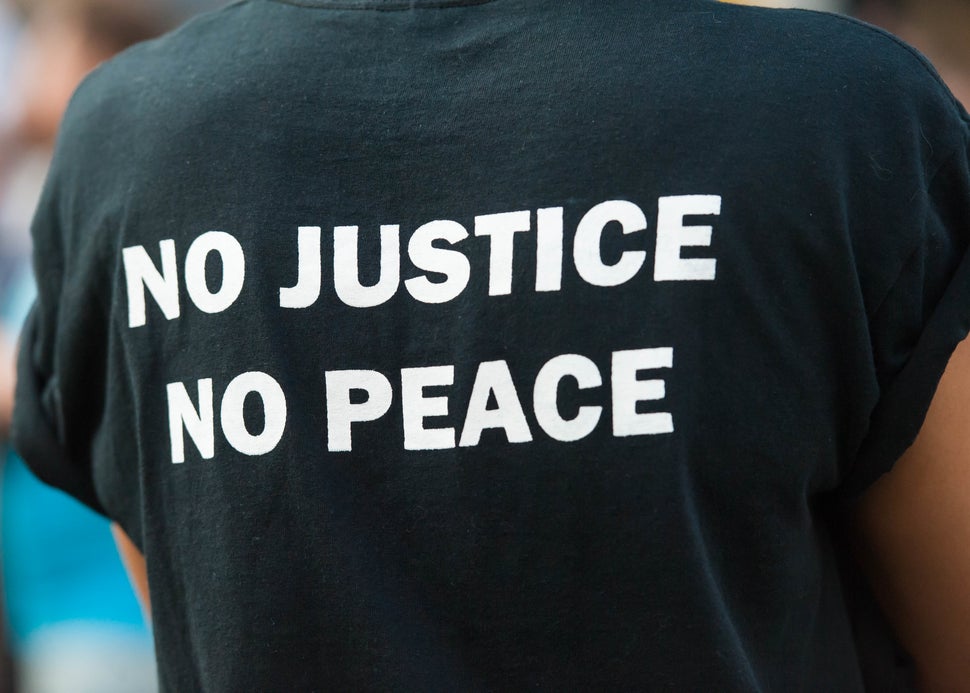
Transforming the system requires focusing on much more than just police brutality, and both BLM and BAJI have identified ways to better holistically combat several forms of injustice against black lives. Both organizations elevate the experiences of black people ― including those who identify as queer, women, immigrant, trans and disabled ― and help to tackle issues that disproportionately affect these communities, such as deportation, poverty and incarceration.
“We’ve always said Black Lives Matter is in a long tradition of resistance to violence against black people. In essence Black Lives Matter then is not a new idea, it’s instead an idea and a movement whose time had come,” Garza said.
And the timing could not be more pressing. With Donald Trump as president and a Justice Department led by Jeff Sessions, the stakes are higher and the consequences more dire for communities of color.
“When you look at Jeff Sessions’ record and what he’s done in the last 100 days, what you see is that he’s moving an aggressive agenda, really quietly … to give police more power, more secrecy and more leniency, and we haven’t yet seen the impact of what that will do but we will soon,” she added. “My plea to all of us would be: We have to move quickly to stop that from happening because at the end of the day, when the police are allowed to be judge, jury and executioner, everybody loses.”
“Black Lives Matter then is not a new idea, it’s instead an idea and a movement whose time had come.” Alicia Garza
Time and again, America has witnessed racial outrage.
“Whether it’s the Rodney King trials, the L.A. uprising or Hurricane Katrina, we have these flash points where the inner workings of America get laid bare for everyone to see,” Garza said. “That’s why I emphasize that anger and rage are important, [but] how do we channel that anger and rage into resilience and vision and strategy so that we don’t have to spend our lives being angry?”
Speaking out doesn’t necessarily mean doing it through street protests ― Garza said it can also mean using your resources, voice, power and position of privilege to denounce the treatment of marginalized groups and address racial issues before they fester and lead to unfavorable consequences. If there is a collective push to transform the way America functions, then there is greater potential for the progress we all hope to achieve.
“I’m somebody who believes protest is important, and I’m somebody who believes protest is not enough,” Garza said. “It’s also important to change culture, to change the way we understand what’s happening around us, to change social norms, to change our values ― and there’s a role for everybody to play in that.”
“Let’s explore what we can do to spend our lives changing the world and moving towards the world we actually want to live in,” she said, “as a resilience strategy, as a way to come back to ourselves, to be present in our bodies, to be present in our relationships with other people and to be present in the vision that we have for what the world can look like.”








